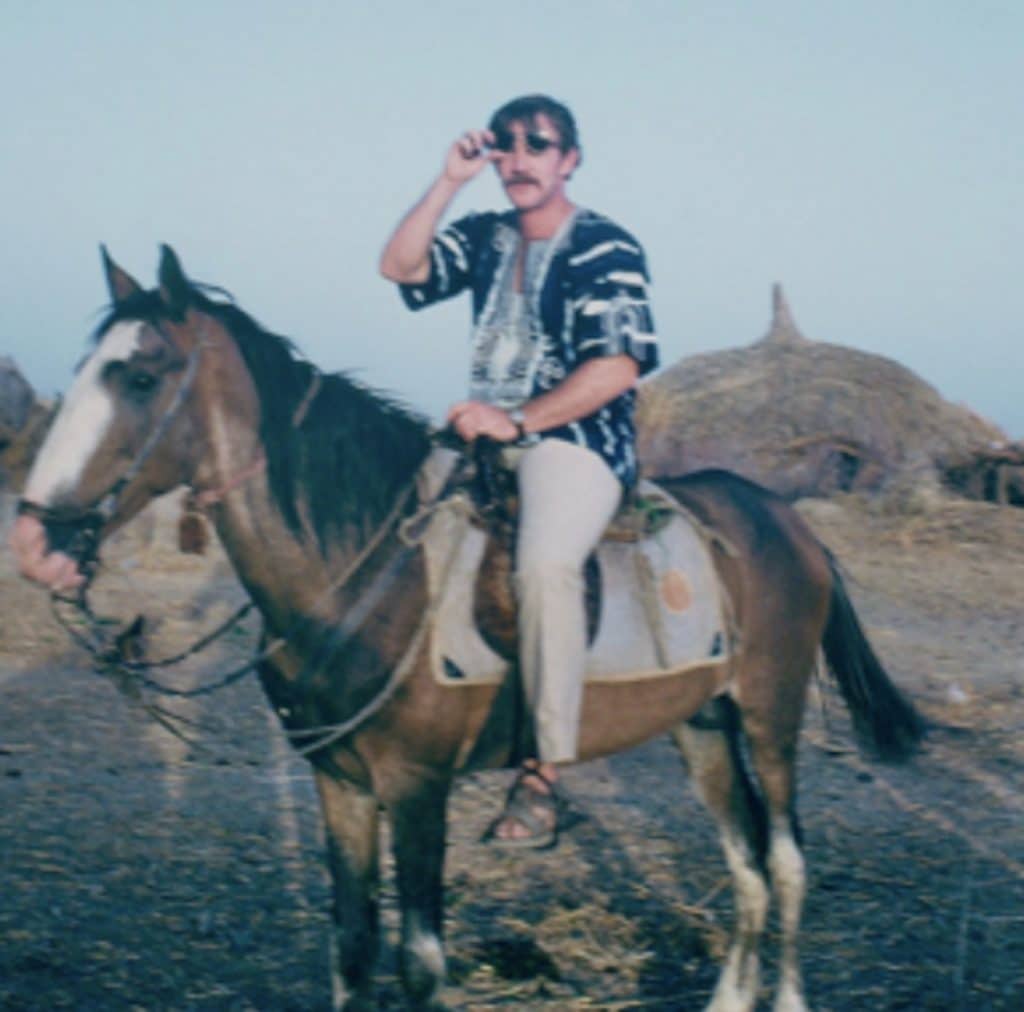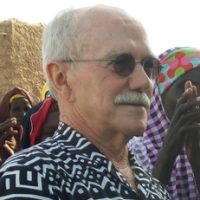BALZAC AND GUNTHER WERE two very important components of my work and life as a Peace Corps Volunteer in Chad.
When I arrived for training at San Francisco State University in 1966, I was already fluent in French. I was to be trained in the Manga dialect of the Kanuri language, and assigned to an animal traction farming and plow marketing project in a Kanuri village of eastern Niger. However, during training I was offered a chance to be part of the Peace Corps’ first project in the Republic of Chad. I agreed to be a pioneer there. Assigned to Doum Doum, a village of 200 in the Lake Chad region, I was one of a group of about a dozen generalists who were expected to turn the region into the breadbasket of Equatorial Africa.
The Chadian government, in collaboration with the French organization SEMABLE, wanted to grow wheat in the reclaimed lake-bottom land to supply the national flour mill in Fort Lamy. Through the removal of sand by villagers, the rich lake-bottom land had been reclaimed for agriculture. We were challenged to introduce the oxen-drawn plow into the agriculture of the reclaimed land.
Even though Monsieur Grimal, the director of SEMABLE, proudly referred to our group as agents de modernisation, we did not succeed in transforming the agriculture of the region. Due to climate change, population growth and unplanned irrigation far beyond the lake’s shore, Lake Chad has diminished in size by 90% since the time we were there in the 1960s.
I was introduced to my horse, Balzac upon my arrival in Doum Doum. Balzac was provided to me by the Government of Chad for my transportation. His well-being became very important to me during my two years as a volunteer. Several months later, in the Massakori market I purchased a camel, named Gunther, for the equivalent of $40. I parked Gunther next to Balzac in my zanna-mat courtyard. I also became the owner of two oxen and two $5-donkeys who carried my water in large ceramic jars known as canaris. They carried our water from a well in a ouaddi two kilometers away.

My neighbor El-Hadj Mbodou Wuli was the muezzin of the village and he became my super-farmer colleague. He gave me part of his farm to work on, installing a small well with a water-lifting chadouf apparatus. He and his family became my family. El-Hadj was also my patient tutor in the Kanembu language. When it was time to do a plowing demonstration in a neighboring village, El-Hadj Mbodou’s family would ride on our two oxen, I rode on Balzac, and El-Hadj would walk along side all of us. My Chadean government counterpart Mohamed Djibro would ride my camel Gunther, along with the plow that we used for our demonstrations. We arrived at each village appearing to the residents as a veritable traveling circus.
The objects I have donated to the Museum remind me of the life that I lived in Chad. I, discovered from the Kanembu people how to be humble and frugal. They were kind and capable teachers. I also learned the true meaning of generosity from them. Africans love to help visitors, especially when they try to learn their languages. Historically, not many European visitors have shown interest in doing so. I learned of the wisdom and humor that permeate their language and culture.
I often use a Kanuri saying that taught me about their humility and resourcefulness: Colcol yaye, dǝmburnǝmlan namne …. (No matter how small it is, sit down on your buttocks.)
Since I completed my Peace Corps service, I’ve spent several sabbaticals from Boston University working, doing research and teaching in Burkina Faso, Mali, and Niger. I travel regularly to Niger. I often think of the curious fact that my academic career in and about Africa began with my four-footed housemates, Balzac and Gunther.





